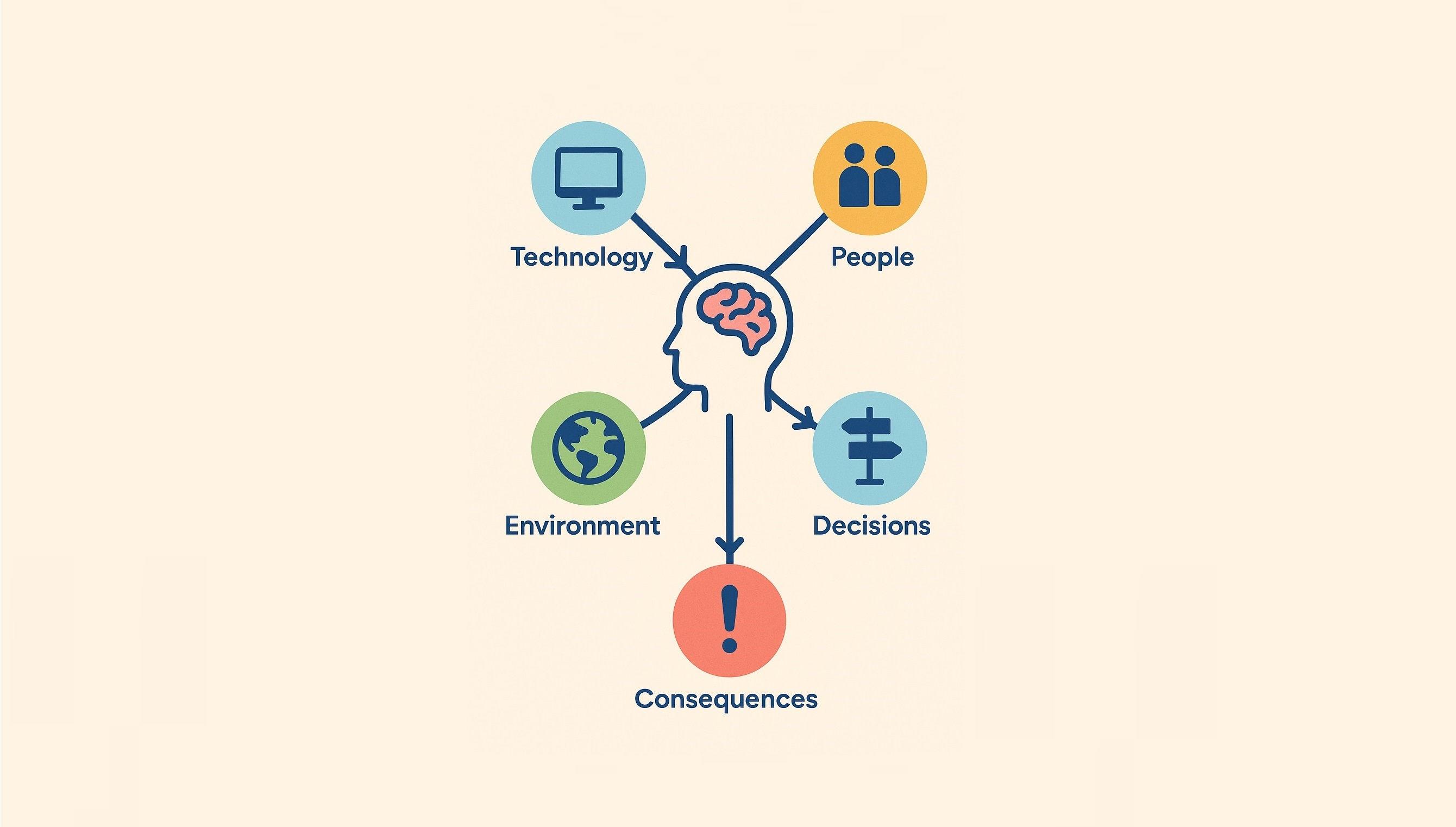Learning to Code, or Learning to Think? (There's a Big Difference)
2025-06-08
Learning to Code, or Learning to Think? (There's a Big Difference)

You've done the research. You know STEM skills are critical, and you’ve enrolled your child in a coding program. You see them dragging blocks in Scratch or typing lines of Python, and you feel a sense of relief. You’re setting them up for the future.
But what if the very skill you believe is "future-proof" is becoming a commodity? Tools like GitHub Copilot and ChatGPT can now generate functional code in seconds from plain-English prompts.
The hard truth is this: If a coding program only teaches your child the what of code (the syntax), they’re being trained for a task that AI will soon dominate.
At Clubhouse Engineers, we focus on the why and how behind technology. We cultivate systems thinking, the mindset that builds engineers, innovators, and problem-solvers. That’s the skill that lasts.
The "Syntax Trap": Why Most Kids Coding Programs Fall Short

Syntax-only learning focuses on copying code, not understanding it.
Many programs teach kids how to write commands, loops, and functions, but not how to think critically about what the code means.
This creates what we call a "Recipe Follower", someone who can repeat steps but not adapt when the ingredients change. Real engineering requires more than memorization. It requires understanding, experimentation, and creativity.
The Bottom Line: A skill that can be replaced by a simple text prompt is not a foundation for the future.
The Real Future-Proof Skill: Systems Thinking

Systems Thinking helps students see how software, hardware, and people connect.
Systems Thinking is the ability to see how every part of a system interacts. In STEM, that means understanding three connected pillars:
- Software (Code): The logic that runs the system
- Hardware (Machine): The physical components such as sensors, motors, and microcontrollers
- User (Purpose): The person or problem the system is designed to serve
AI may handle the first pillar, but it can’t yet replace human creativity across all three. True innovators understand the system as a whole.
How We Build Systems Thinkers at Clubhouse Engineers

Project-based learning helps kids think like real engineers.
Our programs, from junior robotics in Scarborough to teen STEM in Durham, are designed to teach kids to think, not just code.
1. Project-Based Learning with Purpose
We turn every coding lesson into a mission with meaning.
- Syntax-Only Approach: “Print moisture sensor data to the screen.”
- Clubhouse Approach: “Let’s build an automated plant watering system.”
Students connect sensors, write control logic, and use applied math to calculate watering time. They learn real-world engineering with a clear purpose.
2. Integrated Engineering, Not Just Code
In our advanced programs, students design and build full robotic systems, from mechanical design to programming sensor logic.
They’re not just downloading code. They’re creating machines that think, move, and react to their environment.
The Outcome: Confident, Creative Problem-Solvers
Through this integrated approach, students develop:
- Resilience — learning to debug and improve without giving up
- Creativity — designing unique solutions to open-ended problems
- Purpose — understanding how technology makes real-world impact
These lessons go far beyond syntax. They prepare students for any challenge the future brings.
Clubhouse Engineers: Learning to Think
We are a STEM enrichment academy in the Greater Toronto Area for students ages 6–17. Instead of just teaching code, we help kids become confident problem-solvers through integrated engineering projects and applied creativity.
Explore our programs at https://clubhouse.engineer
Serving families in Scarborough, Markham, North York, Ajax, Pickering, Whitby, and Oshawa.